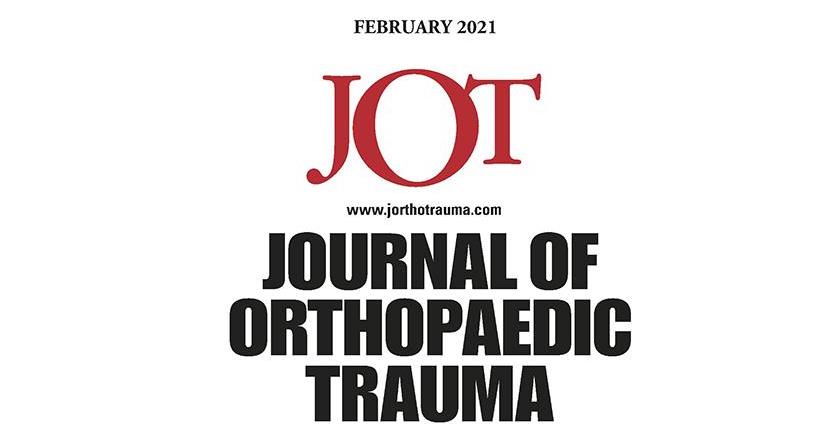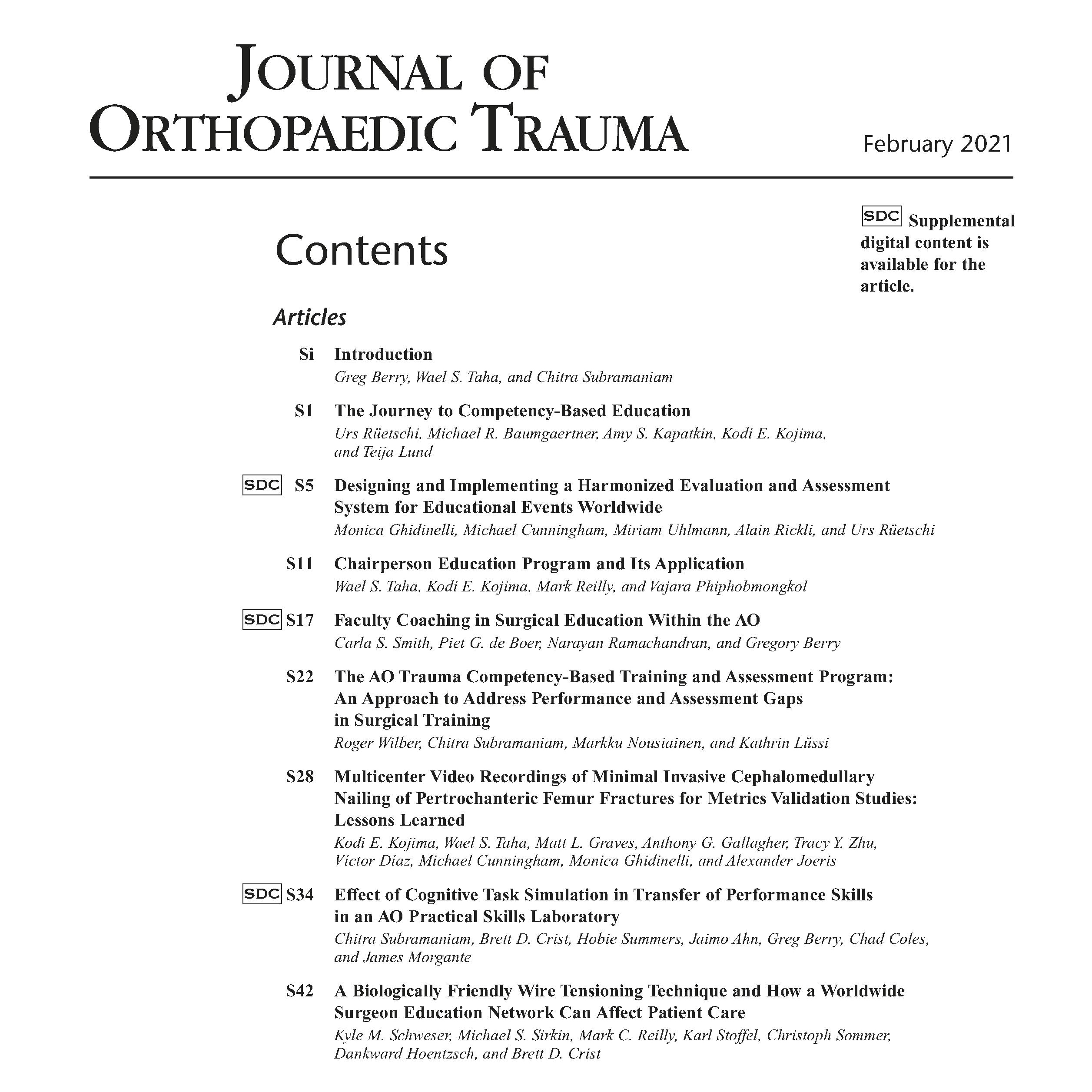Learning in the AO: Looking back and moving forward

How did a group of 13 Swiss surgeons with interest in acute fracture surgical fixation evolve into a global network that currently includes 14,000 faculty surgeons who provide education to more than 55,000 learners every year? And how is the AO preparing for the future of surgical education?
In the February supplement of the Journal of Orthopaedic Trauma (JOT), you will find an overview of the past, present, and future of education within the AO.
Ruetschi et al. describe the evolution of education in the AO starting from the outset of the first AO course in 1960. Ghidinelli et al. explain the process used to design, develop, and implement the standardized framework for evaluation and assessment of all AO educational events. Taha et al. and Smith et al's articles describe the AO faculty development pathway and some of its applications. Schweser et al. offer an example of a technique that has been successfully propagated through the relationships fostered by the AO surgeon community. Subramaniam et al. assess the effectiveness of a simulation platform (Touch Surgery) on the learning and transfer of procedural skills using a randomized study design. Kojima et al. outline their extensive, rigorous study on the validation of performance metrics in the nailing of pertrochanteric fractures in a multicenter international study. Wilber et al. delineate the 5-year plan of the Competency-Based Training and Assessment Program (CTAP).
This JOT supplement is the result of the joint efforts of AO faculty and employees guided by three guest editors: Gregory Berry, MD, member curriculum taskforce CTAP; Wael S. Taha, MD, chairperson AO Trauma Education Commission; and Chitra Subramaniam, PhD, chief learning officer, AO North America.


